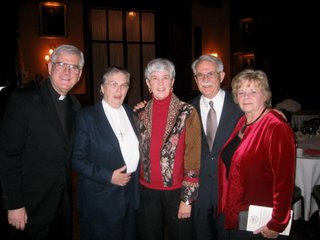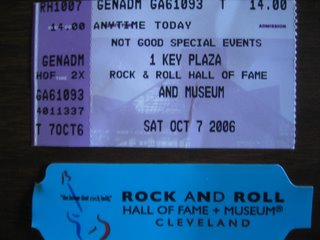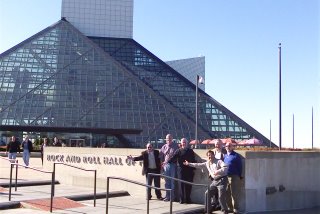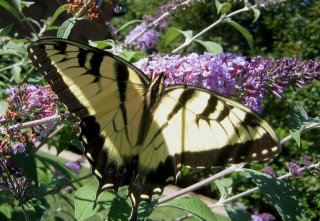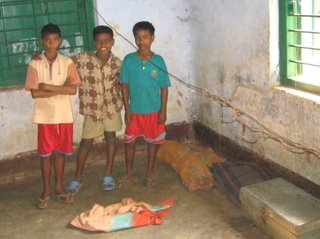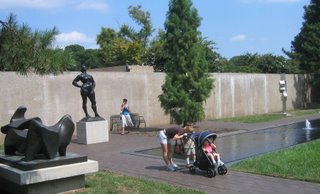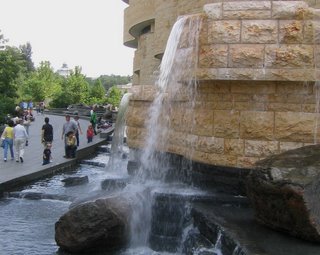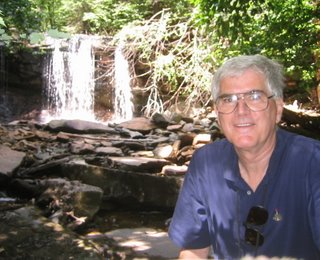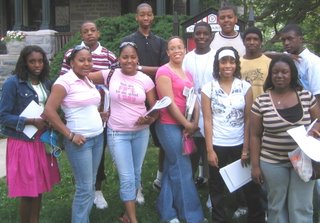

FROM THE ARCHIVES
REMEMBERING A DAY IN TIRAQUE, May 25, 2004
On a sunny day in the mountain town of Tiraque, a two-hour mountain-road climb from Cochabamba, Bolivia, I asked thirteen-year-old Sergio Vargas to pose with my Phillies cap. He gladly did. After the photo, he took the cap off, carefully adjusted the velcro to fit his head and then put it back on. I didn't have the heart to ask for it back despite the brightness of the tropical sun on this early winter day. So we have a new Phillies fan in Bolivia.
I was part of a delegation of nine faculty and staff from Saint Joseph’s University in Philadelphia visiting Bolivia and its Fe y Alegria programs for elementary, high school and adult students, a system of 200 centers of Popular Education. We were spending ten days visiting such sites in this poor Latin American country little regarded by the powers of this world.
In the long drive that morning up the nearly deserted highway from Cochabamba, we left the city behind, gradually rising along muddy stream beds, narrow in the dry season, until the waters flowed clear and brilliant coming fresh from the mountains themselves. Our road climbed up and up the sides of mountains. The small farm plots passing below us in the valleys appeared greener and the livestock more content as the air became more rarified.An old Spanish church dedicated to the Virgen de Las Angustias, (The Virgin of the Agonies), a deeply traditional Spanish dedication, dominates the town square in Tiraque. A Jesuit priest celebrates Mass every weekend but the three sisters, two from Spain, Missionaries of Jesus Christ, do all the pastoral work in an the extensive and mountainous area, Father being otherwise engaged 2 hours away in Cochabamba during the week.
As an area center, Tiraque is an ideal site for a Fe y Alegria program. There are classroom activities for all ages, greenhouses and residential dormitories constructed with mostly local materials by local workers, many of whom volunteer their services in this communal effort. Of the several hundred students, sixty are residential boys and girls from 12 to 17 years of age.
These sixty students, as in all the Fe y Alegria residential centers, share the household chores required by their living together in dormitory style. Students participate in student government committees that supervise such things as recreation and health, cleanliness and maintenance.
Sergio attends as a resident all week while he studies language arts, math and the methods of raising vegetables and farm animals. He walks weekends to his family farm about 15 miles away. When in high school he will continue learning Spanish while also studying his native tongue (Quechuan), and learn some English, some science and some computer skills. According to the local directors of Fe y Alegria students like Sergio are unlikely to go to college or to move to the city but will be leaders in their high mountain farming communities. Their families have been farming for centuries. They are self-sufficient and never face starvation. Even in the worst of times the great variety of potatoes, conditioned to any weather and any blight, has sustained them.
A small and instructive archaeological and cultural museum right at the site of the school informs students like Sergio of the rich heritage of his people. For three millennia his ancestors have been living off the land, hunters and gatherers first, then farmers and settled people. When Europeans came to Bolivia, many of the indigenous people maintained their own traditions in the remote valleys and mountain sides. At their museum the children of Tiraque learn about their own history apart from the European and North American cultures that have now penetrated into the countryside. They learn with the help of the Fe y Alegria model to preserve the best of their own traditions and ways of life.Sergio and his 60 residential school mates shared with us a lunch of peanut/potato soup, hard boiled eggs and boiled potatoes. The students were seated and waiting patiently for grace before meals, some for many minutes, while we guests joined them in the dining hall. In their grace they prayed that they could share what they had with anyone in need.
Peacefulness rested on these mountain children far from the demonstrations by workers and indigenous peoples endemic to the capital, La Paz, and the frequent blockades by protesters that close the country’s roads. They have the best of two worlds: the advantage of a good education and some access to health care without the pollution that sometimes veils Cochabamba, and without the stresses of joblessness. They need not be numbered among the children that sleep fitfully by night in Bolivia’s urban parks. They need not be numbered among the young who find their only work in the coca fields feeding the cravings of the first world. May they be spared the worst that political and economic unrest brings to countries like Bolivia.
And, of course, we have another reason to cheer on our Phillies. I don’t want a boy who has so much going for him in life to wear a hat that might bring him sorrow.







